
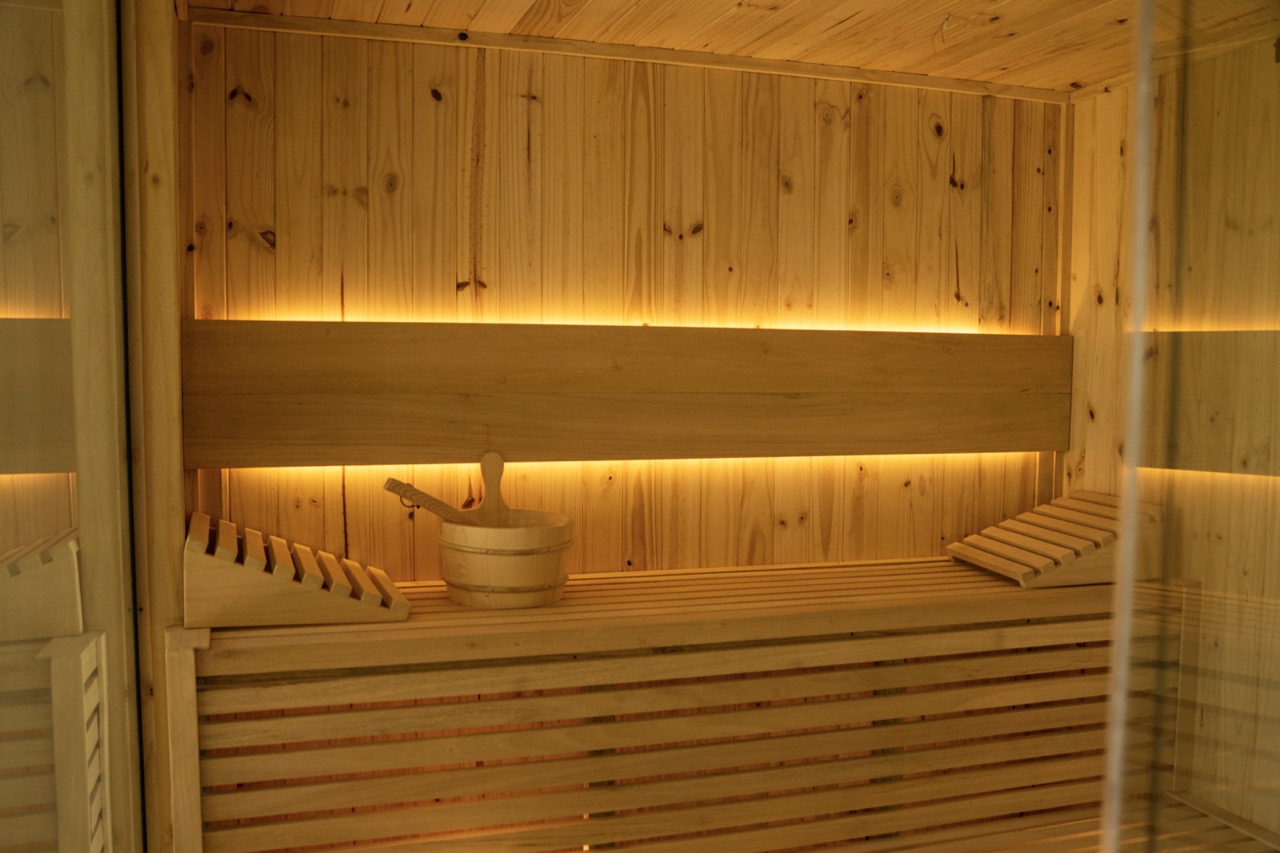

Sauna Benefits
Research shows that regularly spending time in a sauna (4 to 7 times a week) can improve your cardiovascular health, lower your stroke risk, boost your immune system, help control blood pressure, aid in your body’s relaxation process, and provide opportunities for socialization.
It also showed that sauna may even help to alleviate lower back pain, ease symptoms of depression, and reduce a person’s risk for dementia —but more studies are needed to confirm the results. These benefits partially depend on which type of sauna you choose—traditional or infrared.
What Is a Sauna?
A sauna is the steam room’s dry counterpart. A traditional sauna or ‘dry sauna’ utilizes an electric stove with heated rocks to create a very low-humidity, dry environment with temperatures between 60°C to 90°C. You may also be familiar with infrared saunas, the modern upgrade to the traditional sauna. The heating source is infrared light, not a stove, that penetrates the skin, muscles, and even into your cells. This raises your core body temperature to produce sweat to cool the body, versus your body strictly reacting to the outside ambient air temperature of a dry sauna or steam. In an infrared sauna, the body heats at a lower air temperature, between 45°C to 65°C. This means you can spend more time in an infrared sauna with a reduced risk of dehydration and any cardiovascular concerns.
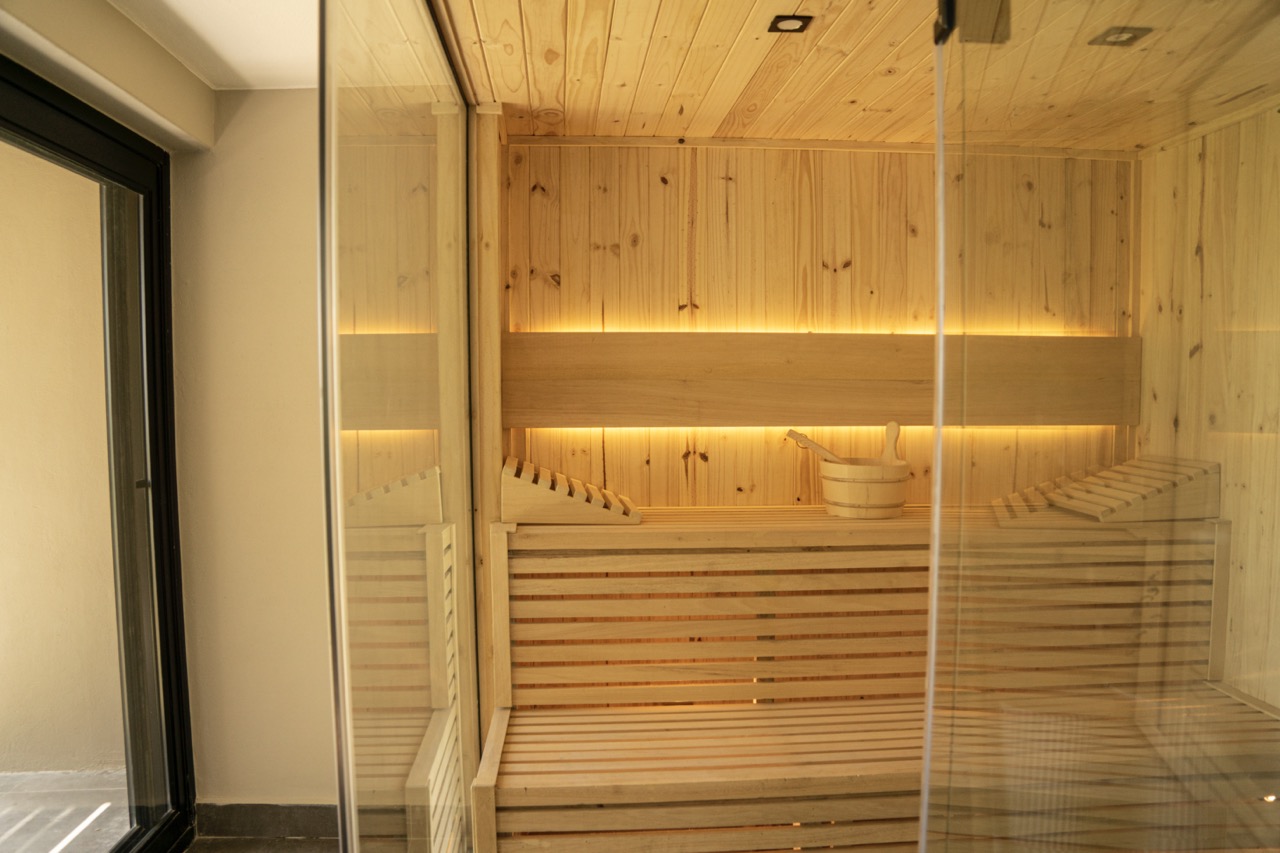
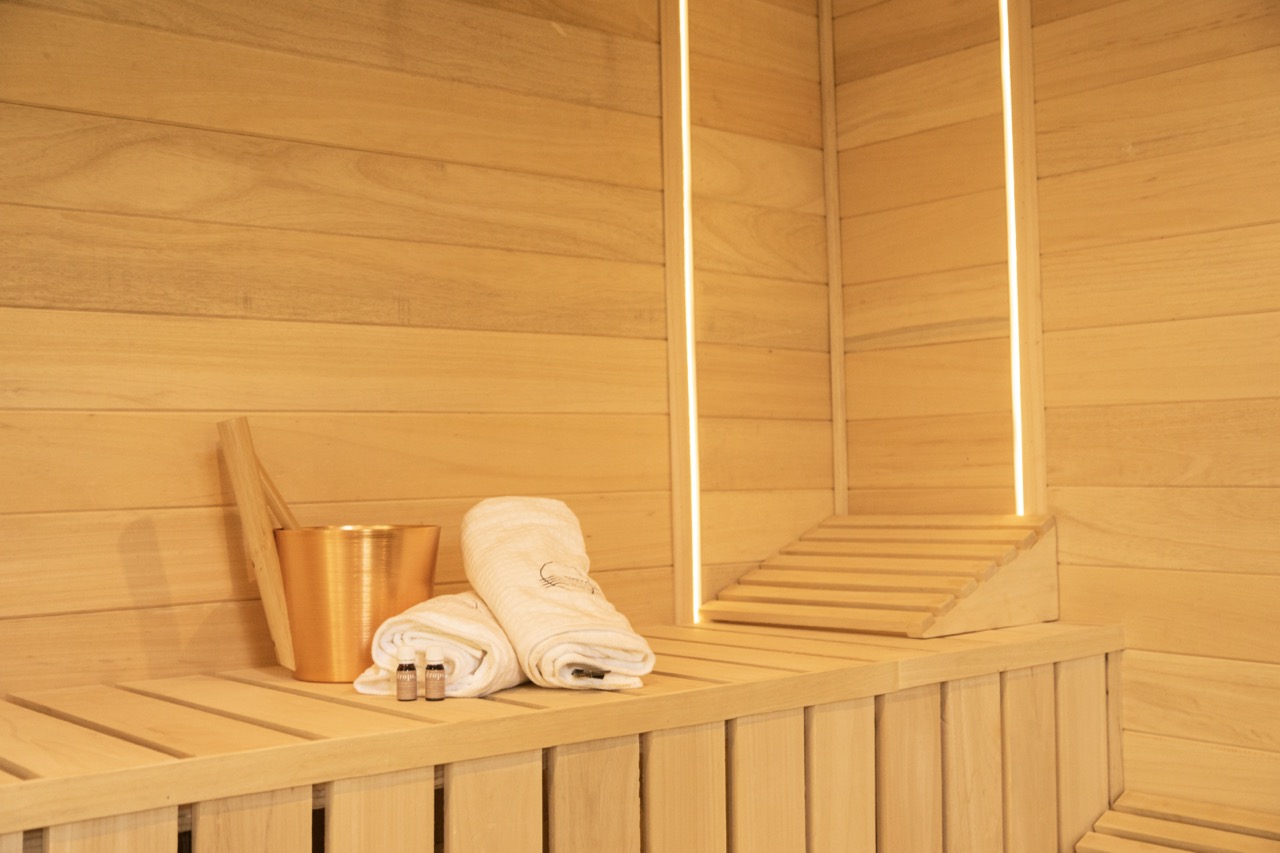

What Is a Steam Room?
A steam room, sometimes called a steam shower, is probably exactly what you think it is: a room filled with steam.
A generator with boiling water creates steam, and the room is filled with hot humidity.
Steam Benefits
Both saunas and steam rooms increase your skin and core body temperatures, causing various physiological changes, but these changes happen a lot faster and with more intensity in steam rooms because your sweating responses are dampened.
TIPS FOR GETTING THE MOST OUT OF YOUR SESSION
Consult with a qualified medical professional before participating in any type of infrared sauna, steam, or dry sauna session. Hydrate: The main thing to remember with any heat therapy is to make sure you’re hydrated. Hydration is key for safety and session optimization.
Proper hydration allows your body’s processes to work efficiently. Bring a bottle to fill with water and trace minerals or electrolytes for before, during, and after your session. Quick pre-game shower: This one is for infrared sauna sessions. Showering beforehand can speed up your sweat in an infrared sauna by opening the pores on your skin and relaxing your muscles. This is essentially a ‘warm-up’ for your session.
Get cold first: Try whole-body Cryotherapy or an ice bath before your sauna session. This can increase the circulation of all the ‘fresh’ blood that just was brought to you by the cold therapy. Rinse off after: Take a cool shower afterwards to close the pores. This stops you from sweating and reabsorbing toxins you just released.
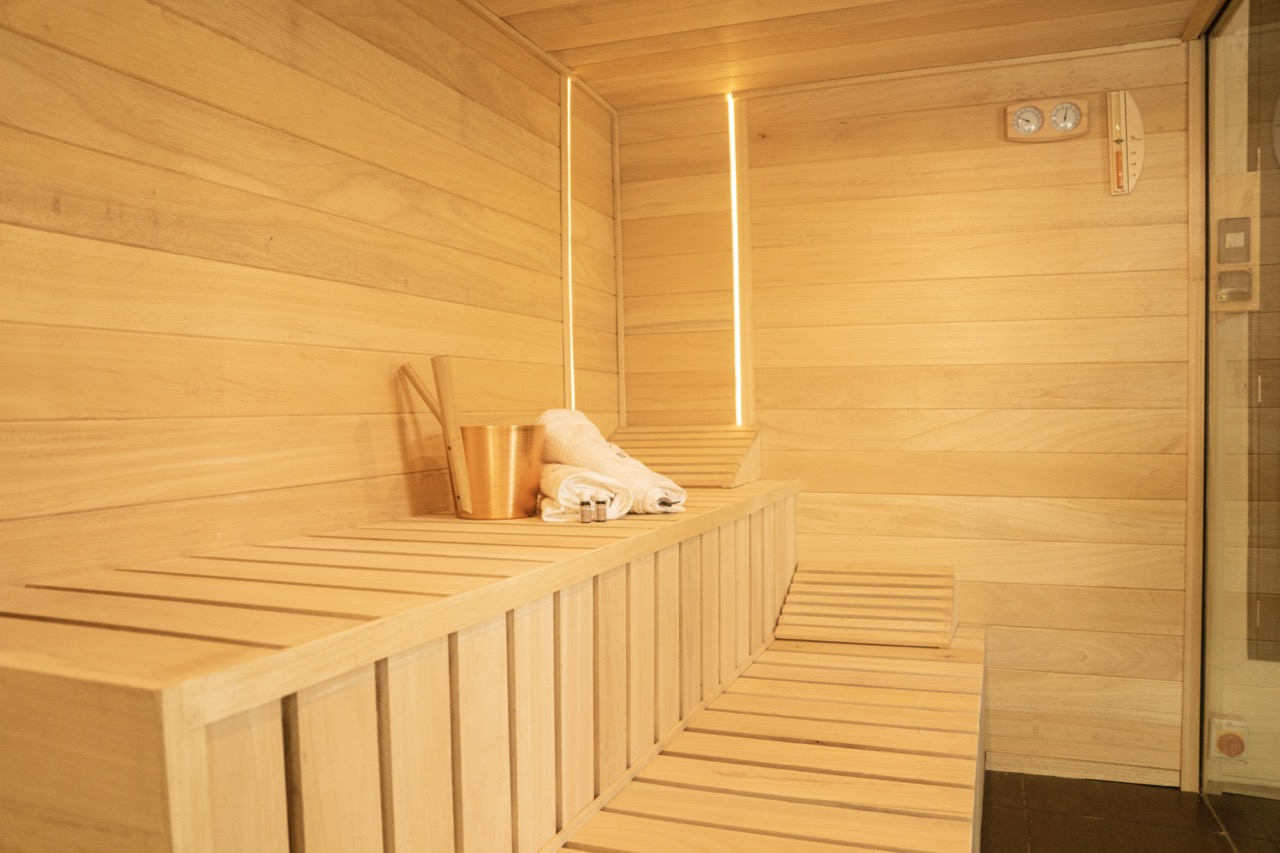
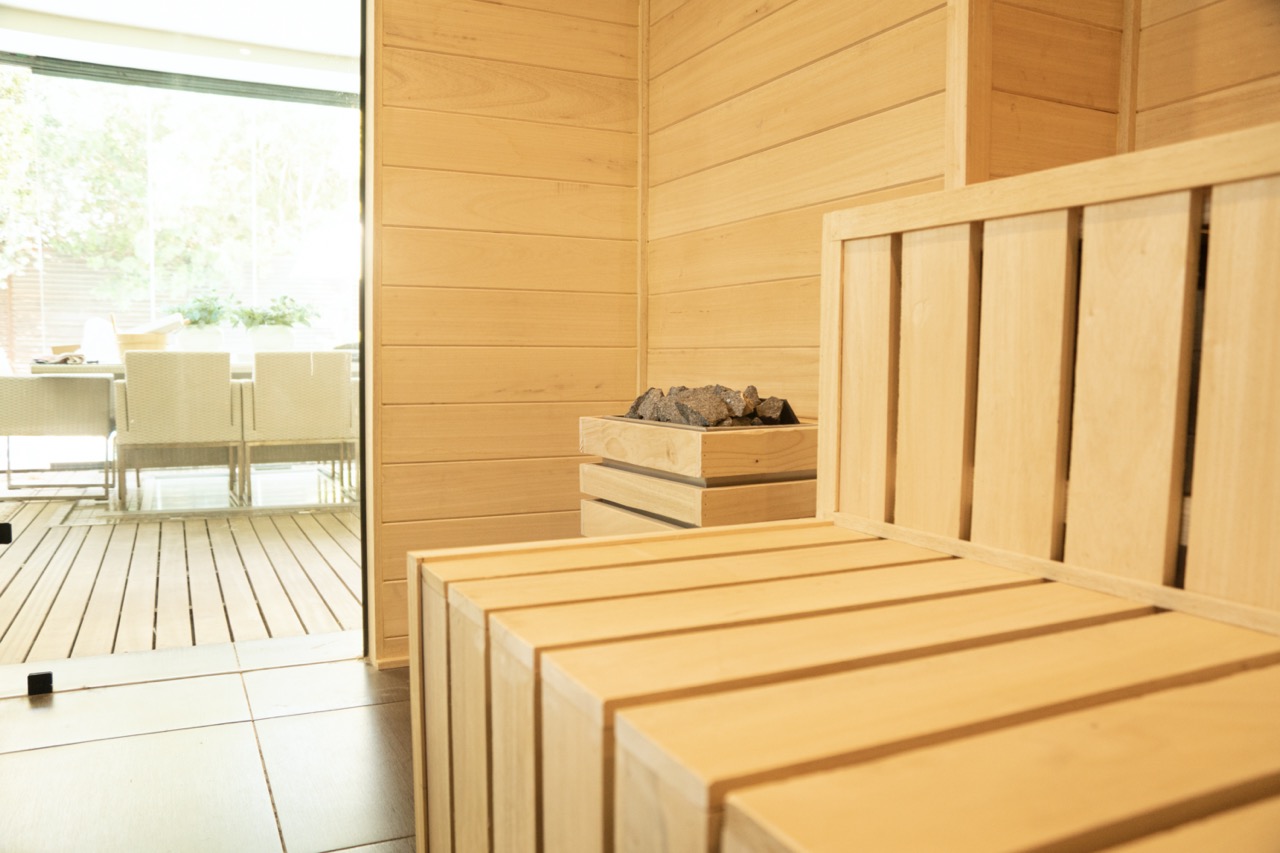
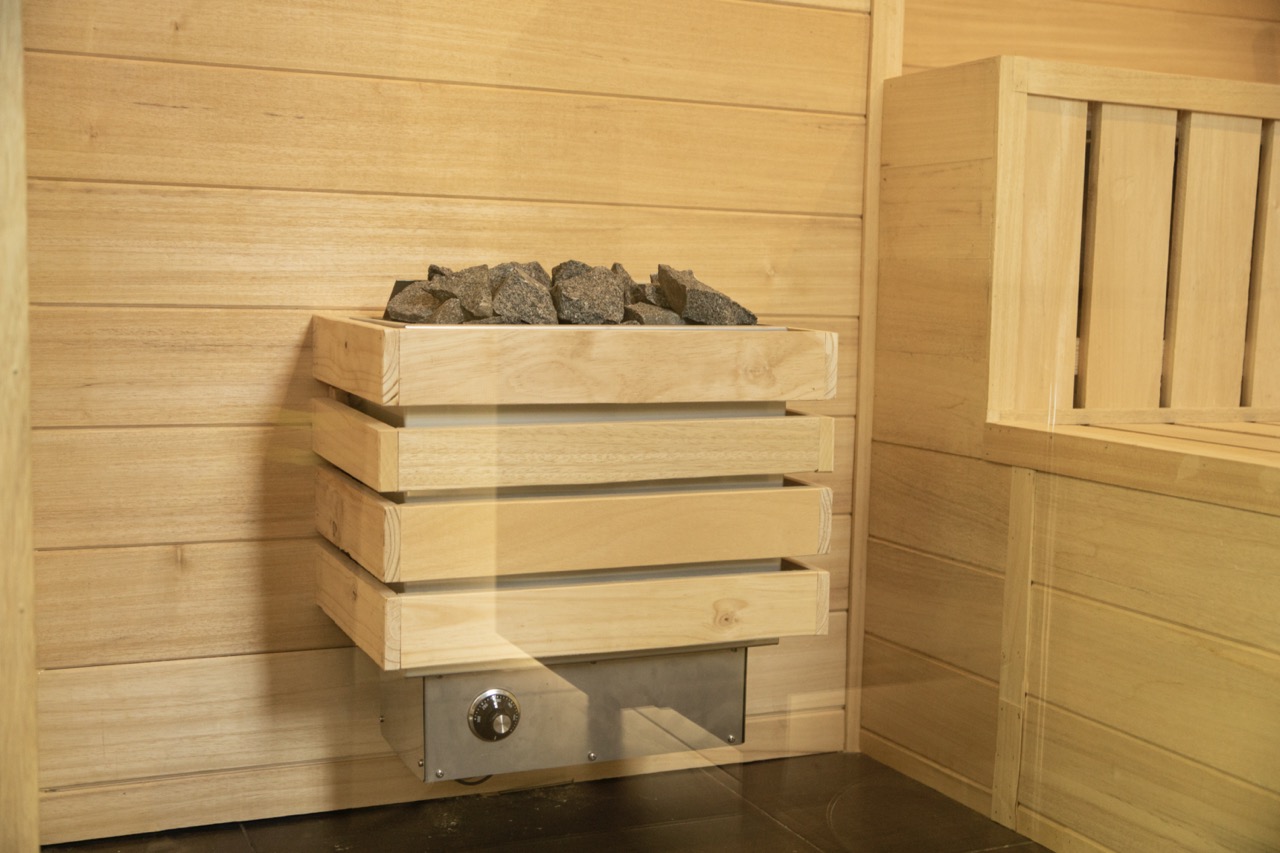
IS THERE ANYONE WHO SHOULD AVOID BOTH?
If you have a history of fainting or low blood pressure, be careful to avoid falls in the sauna or steam room.
You’ll want to steer clear if you suffered from a heart attack or stroke within the last three months or you have a valvular disease such as aortic stenosis where dramatic fluctuations in heart rate and blood pressure can be harmful, advises Dr. Hussain. “But this is based on a precautionary approach more so than actual evidence.” She notes that a lot more research needs to be done, especially on women, to determine all of the benefits and risks.
